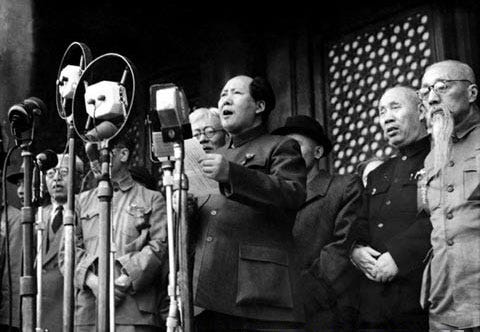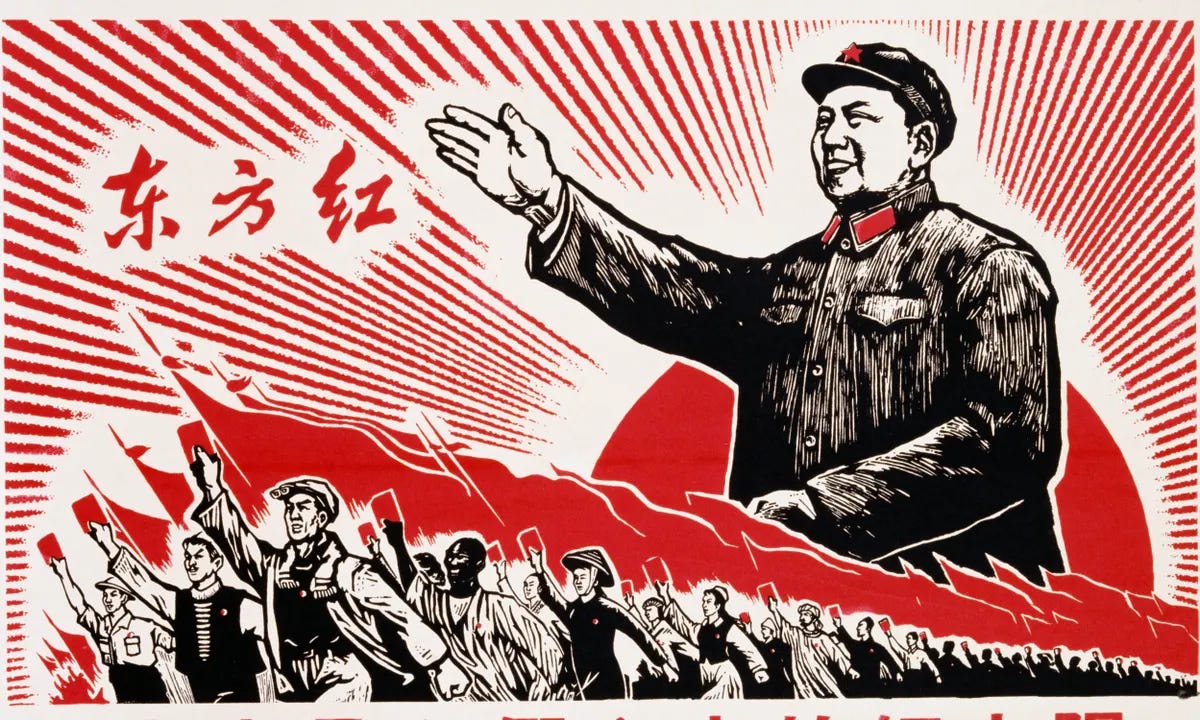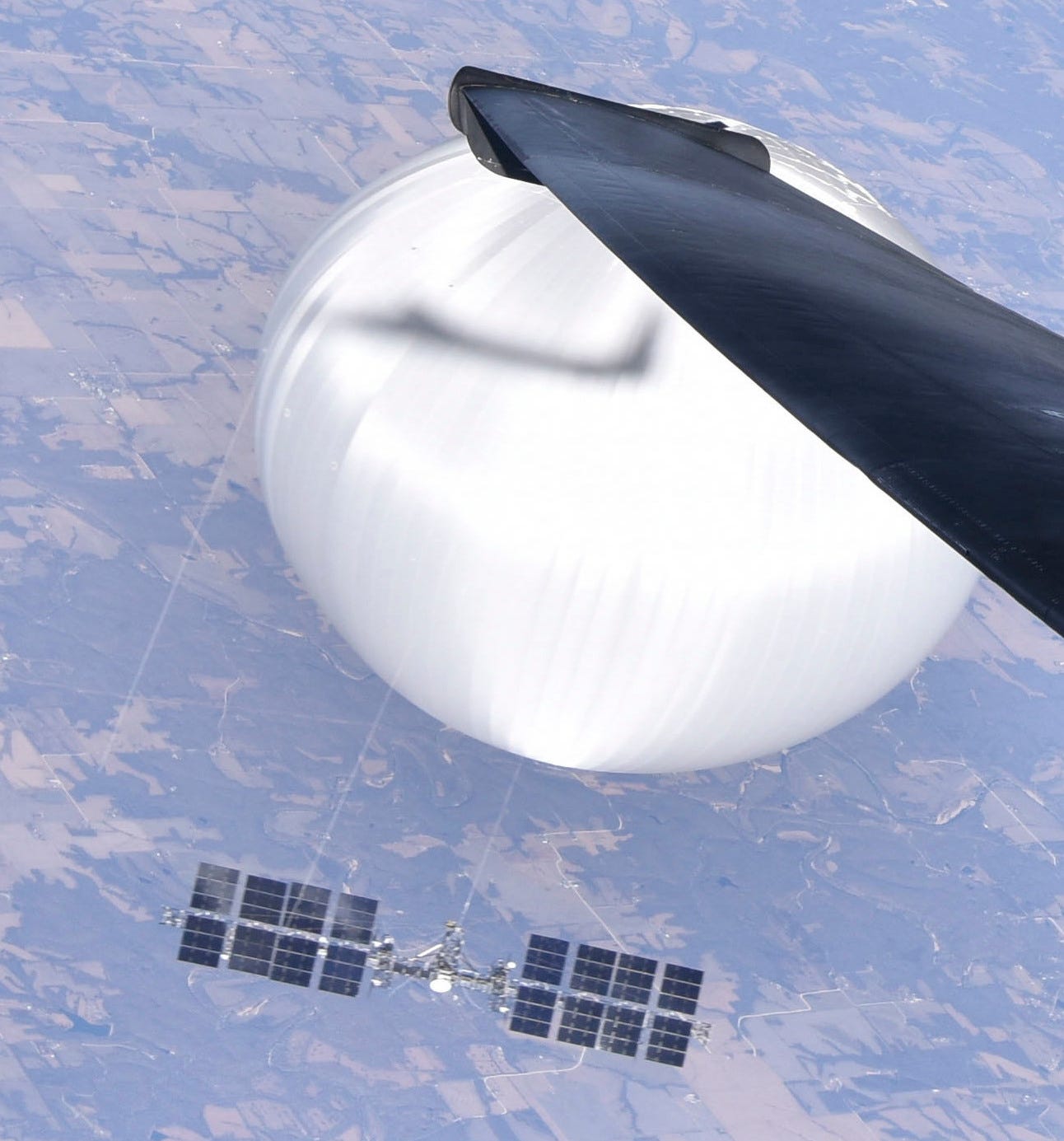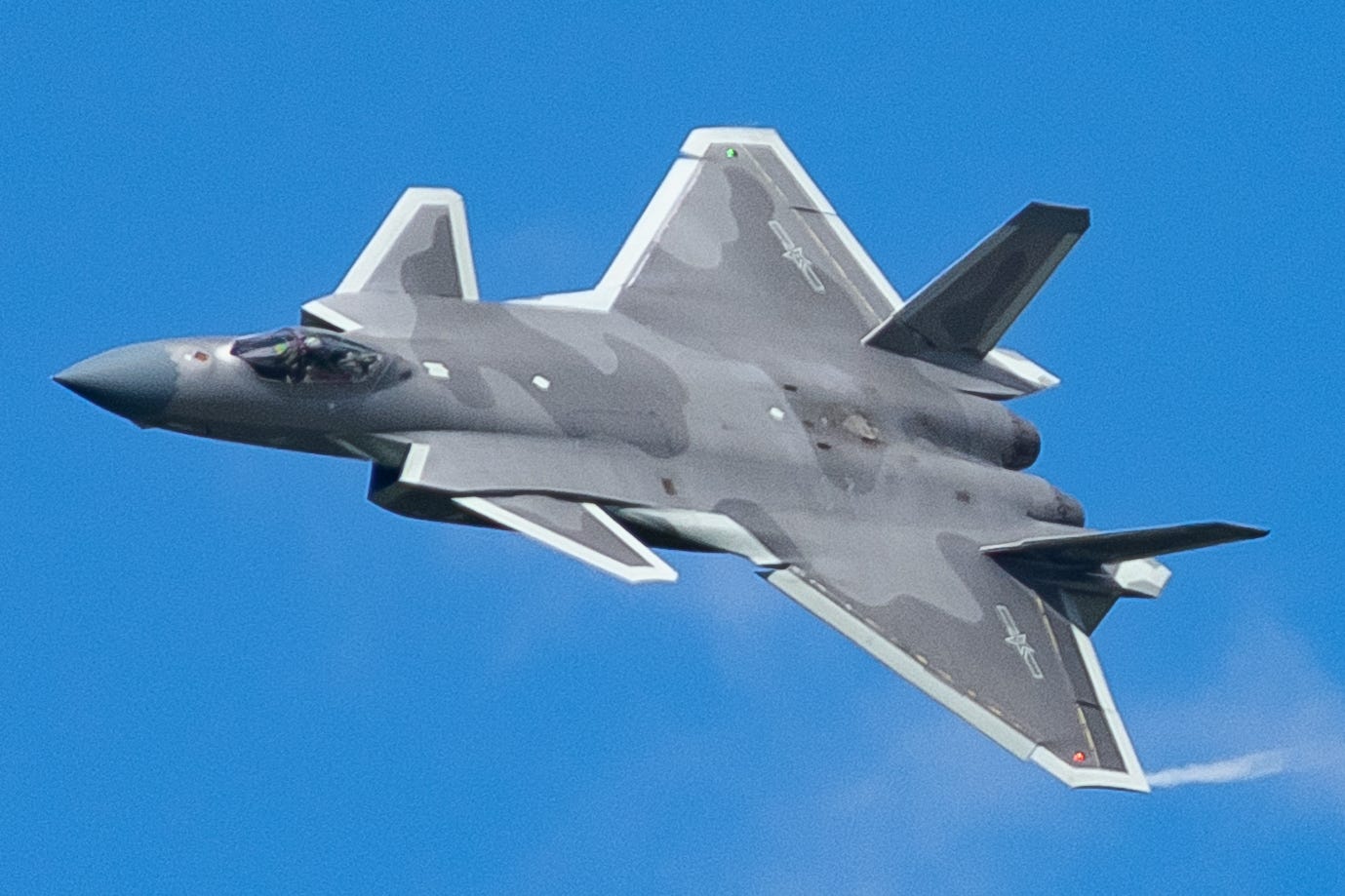What's Going On With China: Decoding the Geopolitical Landscape
Delve into China's geopolitical intricacies with a comprehensive compilation of facts and a historical review, unveiling the complex global dynamics at play.
Summary:
China's Historical Evolution: From Empire to Communist Rule
The Maoist Era
Modern Era
Geopolitical Tensions in China: A Decade in Review (2010-2020)
US-China Trade Tensions:
South China Sea Disputes:
Tech War:
Covid-19 Pandemic:
Starting Tensions 2010-2020:
Spy Balloon:
Taiwan:
Yuan Promotion:
G20 Summit:
Recent Developments Shaping China's Present State
The Future: Assessing China's Complex Geopolitical Landscape
China's Historical Evolution: From Empire to Communist Rule
The history of China is a rich and extensive narrative, encompassing the decline of the Chinese Empire during the Qing Dynasty from 1644 to 1912, followed by the early republic after a failed attempt at monarchy by Yuan Shikai in the 1920s. China, as we recognize it today, traces its roots to the creation of the Communist Party of China (CPC) led by Mao Zedong in 1921. The CPC gained strength through rural uprisings, particularly after China resisted the Japanese invasion during World War II. The turning point came in 1949 when Mao Zedong, after winning over the Kuomintang, proclaimed the People's Republic of China, marking the initiation of communist rule as we understand it.
The Qing dynasty. (1644–1911) was founded by a northeast Asian people who called themselves Manchus. Their history, language, culture, and identity was distinct from the Chinese population, whom they conquered in 1644 when China was weakened by internal rebellions. (Smithsonian Institution)
Src: Herodote
The Maoist Era
Modeled after the Soviet Union, economic plans aimed at rapid industrialization and collectivization led to consequent economic disasters and famines. Mao also led socio-political movements to infuse communist ideals, resulting in social upheaval and economic setbacks. Mao Zedong died on the 9th of September 1976, and his leadership passed to Deng Xiaoping, who initiated a new era in China's political and social functioning. In the 1970s, reforms were made to open up to new economic policies, allowing private enterprise and foreign investments, particularly in coastal areas designed for economic experiments. All these changes throughout the 1970s-1980s paved the way for the China we know today.
Maoism claims to adapt Marxism to the case of developing countries. It emphasizes national independence (“relying on one’s own strength”) and the balanced development of the peasantry and light industry (“walking on one’s own two legs”). (Wikipedia)
Src: The Guardian
Modern Era
In the 1990s, China embraced a market-oriented approach that led to rapid economic growth. China also resumed sovereignty over Hong Kong from British rule. In 2001, China entered the World Trade Organization (WTO), leading to new avenues for global trade. In 2013, Xi Jinping became the president of the People's Republic of China (PRC) and brought with him an emphasis on domestic innovations, anti-corruption campaigns, and geopolitical influence, as seen in the Belt and Road Initiative (BRI) launched in 2013. The BRI seeks to connect Asia with Africa and Europe via land and maritime networks with the aim of improving regional integration, increasing trade, and stimulating economic growth. Throughout these evolutions, China managed to become the world's second-largest economy, lifting millions out of poverty. However, as China faces challenges such as demographic shifts, environmental concerns, and geopolitical tensions, the path forward appears even more complex while the nation continues its economic and technological advancements.
Since China began to open up and reform its economy in 1978, GDP growth has averaged over 9 percent a year, and more than 800 million people have lifted themselves out of poverty. There have also been significant improvements in access to health, education, and other services over the same period. (Worldbank)
Src: Wikipedia
Geopolitical Tensions in China: A Decade in Review (2010-2020)
Starting Tensions 2010-2020:
While it’s important to mention that China, like most countries, has always had some geopolitical tensions with others, over the course of the 2010s, the intensity of these tensions has become even more visible and palpable. Perhaps it is due to the rise of social media and the press capitalizing on trends and controversies to garner more clicks. I can’t answer that question, and it's not the goal of this article. So here is a list of the primary geopolitical tensions involving China during the 2010s. This is just a compilation of facts, so form your own opinion on the subject.
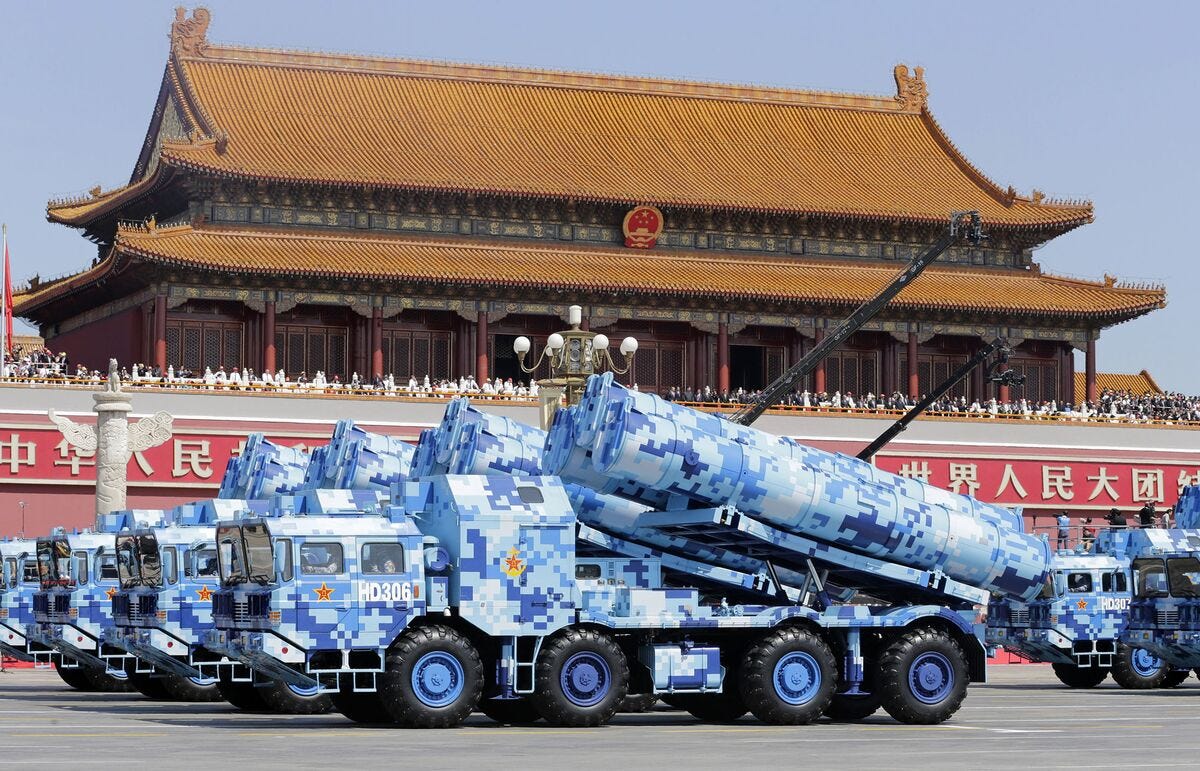
Src: Bloomberg
US-China Trade Tensions:
Throughout the decade, trade tensions intensified between the United States and China, driven by issues like trade imbalances, intellectual property theft, and market access disputes. These challenges laid the groundwork for deeper conflicts in subsequent years, reshaping global economic alliances.
Example: In 2018, the U.S. imposed tariffs on a range of Chinese goods, prompting further restrictions by Chinese authorities.
Src: Unctad
South China Sea Disputes:
In the 2010s, China asserted questionable claims in the South China Sea, escalating tensions with neighboring nations such as Vietnam and the Philippines, accompanied by increased military buildups. These claims aimed to secure access to significant fishing stocks and potential exploitation of crude oil and natural gases in the seabed.
Beijing has developed at least seven artificial islands, creating 1,295 hectares (3,200 acres) of new land since 2013, according to the CSIS Asia Maritime Transparency Initiative. (Radio Free Asia)
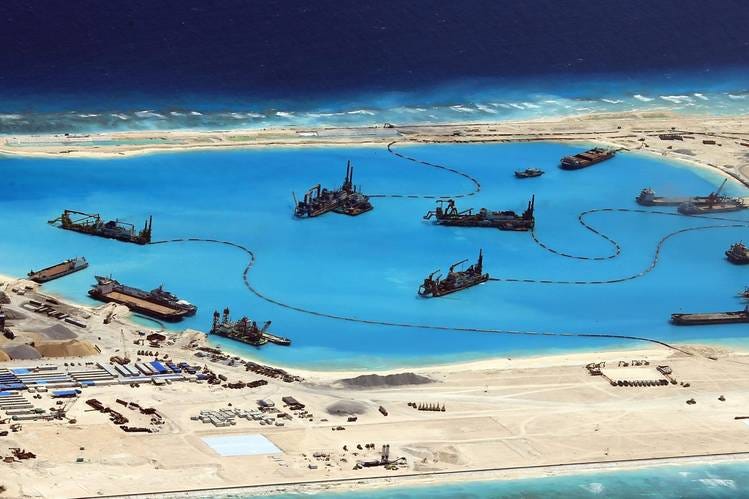
Tech War:
Disputes extended beyond trade, delving into technology and intellectual property theft, resulting in product bans. Notably, the Chinese tech giant Huawei is prohibited from selling phones in the American market.
Huawei is no longer present in the smartphone market in the United States . Its devices do not have 5G and are not allowed to use Android as we know it.
Covid-19 Pandemic:
In 2020, the world was gripped by the Covid-19 pandemic, with concerns about the virus originating in the Chinese city of Wuhan. Continuous affirmations by Chinese authorities that the virus didn't originate within its borders drew international criticism regarding transparency. However, in March 2021, The World Health Organization (WHO), leading an investigation into the virus's origins, concluded that it was extremely unlikely to have originated from a laboratory incident, pointing more towards animal-to-human transmission.
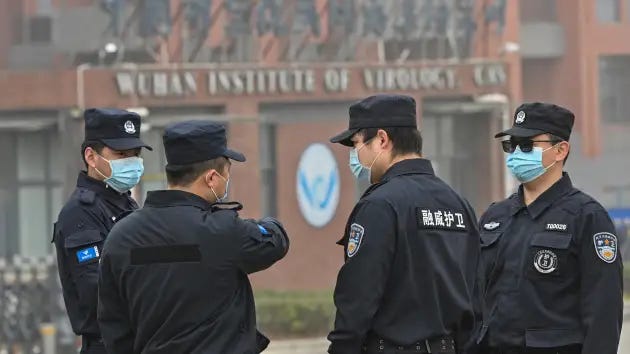
SRc: CNBC
Recent Developments Shaping China's Present State
After reflecting on the past, it's time to delve deeper into the most intriguing part of the article—the present state. In the last months or so, numerous controversies have arisen from the Chinese government, with four main incidents capturing my attention.
Spy Balloon:
Over the course of a week in early February 2023, a high-altitude balloon originating from China traversed North American airspace, including Alaska, Western Canada, and the United States. On February 4th, the U.S. Air Force shot down the balloon. U.S. officials later stated that the balloon carried intelligence-gathering equipment, but it appeared not to have sent information back to China. Similar balloons from China had already flown over 40 other nations, sparking additional tensions about China's alleged spying activities.
Chinese Foreign Ministry spokesperson Mao Ning said : “This is a civilian airship used for research purposes, mainly meteorological. Affected by westerly winds and with limited self-steering capability, the airship deviated far from its intended trajectory. » The Chinese government apologized for the incident and fired the director of the meteorological agency, officially responsible for the balloon. (Wikipedia)
Src: Wikipedia
Taiwan:
Furthermore, Taiwan has been a persistent source of tension, with Chinese fighter jets repeatedly crossing the sensitive median line of the Taiwan Strait. The Taiwanese Defense Ministry reported a surge in Chinese military activity in the region, leading to heightened concerns over potential military clashes and instability in the Indo-Pacific region.
Src: Wikepedia
Yuan Promotion:
Adding to these concerns are China's efforts to reduce reliance on the U.S. dollar by promoting the use of the yuan in international trade. As international relations become increasingly strained, China's aspirations for a more prominent global economic role could face hurdles.
According to the International Monetary Fund (IMF), at the end of 2022, the dollar accounted for 58.36 percent of global foreign exchange reserves. This was followed by the euro at 20 percent, the yen at 5.5 percent, and the pound at 4.9 percent. The yuan occupied the fifth spot, accounting for 2.7 percent. (GIS)
G20 Summit:
The recently concluded G20 Summit in India brought together global leaders to address critical issues, notably without Chinese President Xi Jinping. Instead, Prime Minister Li Keqiang represented China. This move followed a rare meeting between President Xi and Indian Prime Minister Narendra Modi at the BRICS summit in South Africa, where tensions between the two nations persisted. Recent territorial disputes and historical grievances cast a shadow over the G20 gathering.

Src: Reuters
For some more positive news about China, let's look at the recent EU and China summit which took place four days ago on December 7. During this summit, dozens of subjects were brought to the table, with many showcasing China's good intentions as they collaborated and discussed various topics such as global health, climate change, reducing Middle East tensions (Israel-Hamas), Russia-Ukraine, and, notably, major trade deals to balance economic relationships.
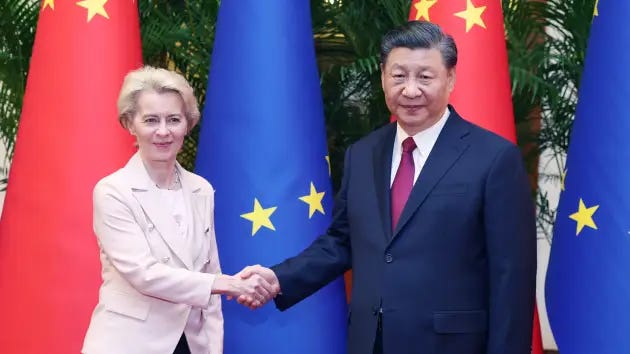
Src: CNBC
The EU and China are each other's largest trading partner as of 2023. The EU is the PRC's largest trading partner, and the PRC is the EU's largest trade partner. In 2023 China accounted for 9% of EU goods exports and 20% of EU goods imports. (Wikepedia)
The Future: Assessing China's Complex Geopolitical Landscape
In discussing the current tensions involving China, it's essential to note that tensions between countries are ever-changing. While it may seem that these tensions have been rising in recent years, this perception could be both accurate and misleading, influenced by media narratives and the viral nature of the internet. I don't aim to impose any opinion on you; instead, this article serves as a compilation of information. I encourage you to delve deeper into the subject to form a robust opinion. If you found this article informative, despite not extensively exploring the economic aspect, which is our usual focus, let me know, and I'll create more geopolitical articles
Important Lessons to Be Learned:
Forge your opinion: It's crucial for a well-informed opinion to be forged from multiple sources. That's why I encourage you to read and watch various pieces of content before forming any opinions on the subject.
Persistent Tensions: Tensions have always existed and will persist. In our contemporary era, discerning whether tensions between nations are genuinely escalating or simply more apparent due to enhanced access to information, particularly geopolitical data, poses a challenge.
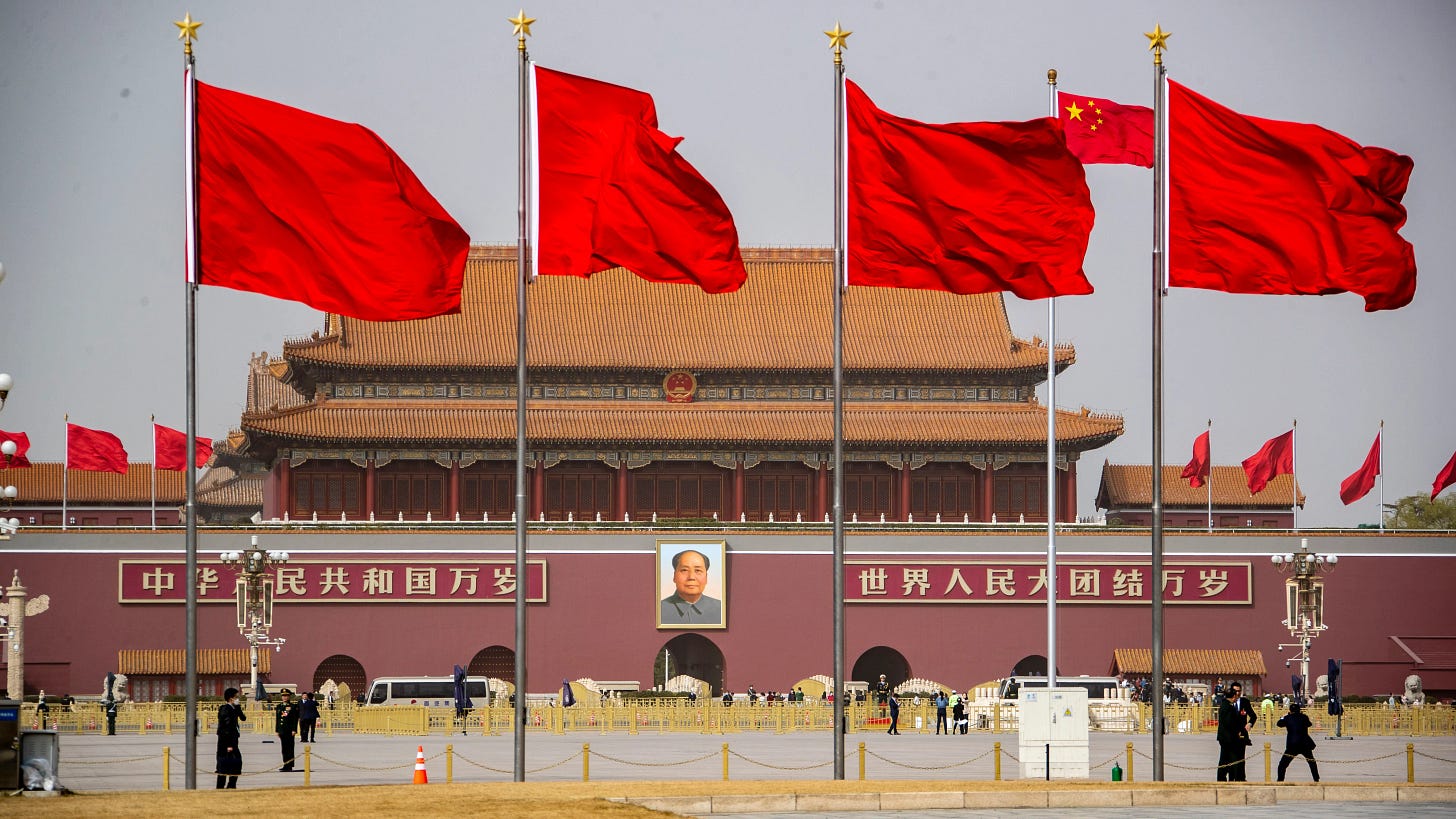
Src: Fox News
How do you perceive the evolving geopolitical landscape of China, and what potential impacts do you foresee on the world stage?
let me know in the comments.
Dive Deeper: Unlock Insights with Recommended Articles on the Current Geopolitical Landscape of China:
If you have inquiries about the geopolitical and economic realms, the article crafting process, or suggestions for future topics, don't hesitate to reach out. Your support is valued and appreciated.





